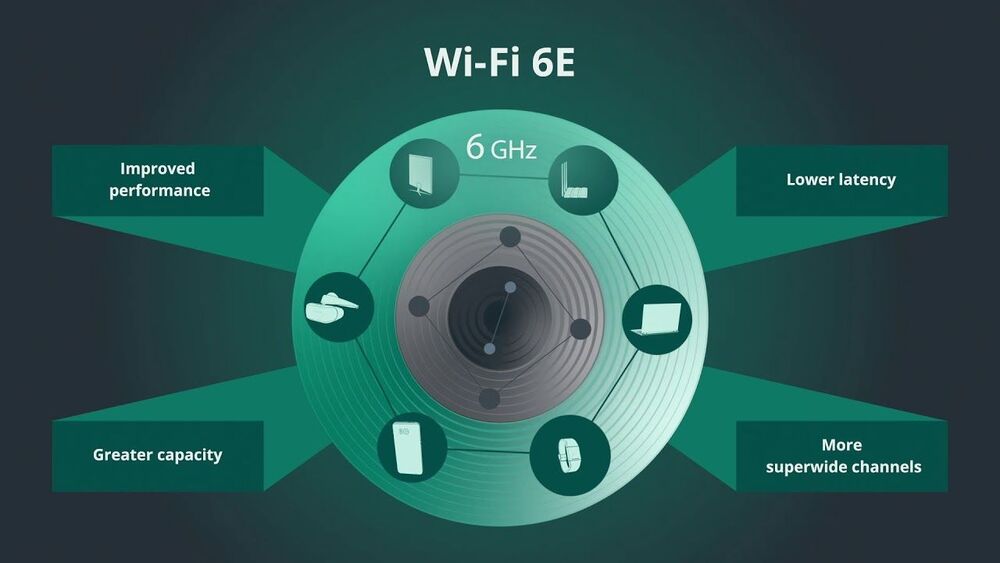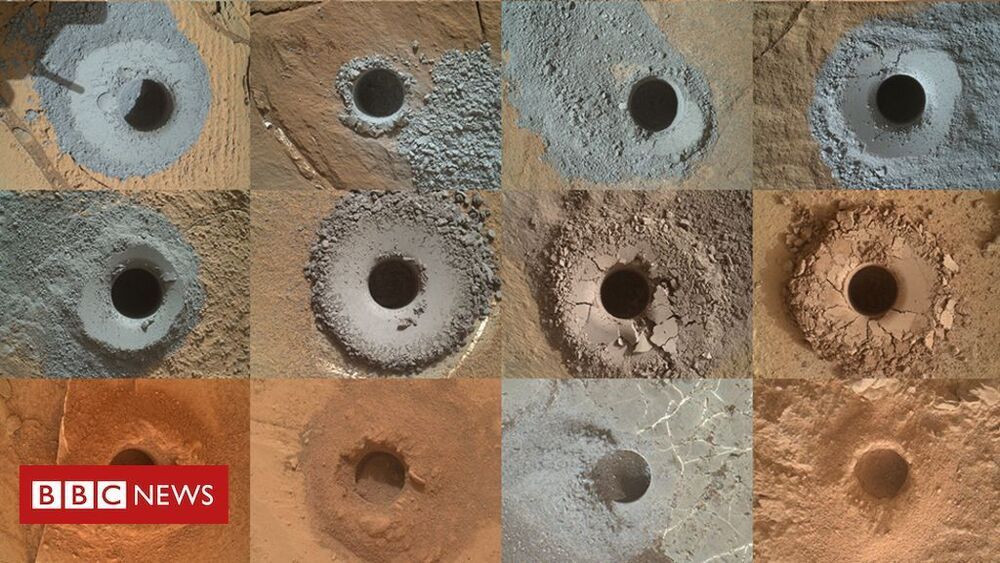1.5 billion children are currently being prepared for the jobs of the past — let’s change that.
United States and Europe are in line for colder Winter weather dynamics, in the aftermath of the Polar Vortex breakdown in the stratosphere.
If you’ve never heard of the small island nation of Niue — which is associated with nearby New Zealand’s currency mints (this will be important momentarily) — you aren’t alone.
Related: How Much Money is in the Fountains at Disney World?
The country, whose official tourism website features the following description, offers a slice of untouched paradise to travelers from around the world:
An active ingredient in honeybee venom rapidly kills aggressive and hard-to-treat forms of breast cancer cells.
The arrival of government-operated autonomous police robots does not look like predictions in science fiction movies. An army of robots with gun arms is not kicking down your door to arrest you. Instead, a robot snitch that looks like a rolling trash can is programmed to decide whether a person looks suspicious —and then call the human police on them. Police robots may not be able to hurt people like armed predator drones used in combat— yet —but as history shows, calling the police on someone can prove equally deadly.
Long before the 1987 movie Robocop, even before Karel Čapek invented the word robot in 1920, police have been trying to find ways to be everywhere at once. Widespread security cameras are one solution—but even a blanket of CCTV cameras couldn’t follow a suspect into every nook of public space. Thus, the vision of a police robot continued as a dream, until now. Whether they look like Boston Dynamics’ robodogs or Knightscope’s rolling pickles, robots are coming to a street, shopping mall, or grocery store near you.
The Orwellian menace of snitch robots might not be immediately apparent. Robots are fun. They dance. You can take selfies with them. This is by design. Both police departments and the companies that sell these robots know that their greatest contributions aren’t just surveillance, but also goodwill. In one brochure Knightscope sent to University of California-Hastings, a law school in the center of San Francisco, the company advertises their robot’s activity in a Los Angeles shopping district called The Bloc. It’s unclear if the robot stopped any robberies, but it did garner over 100000 social media impressions and Knightscope claims the robot’s 193 million overall media impressions was worth over $5.8 million. The Bloc held a naming contest for the robot, and said it has a “cool factor” missing from traditional beat cops and security guards.
In a technique known as DNA origami, researchers fold long strands of DNA over and over again to construct a variety of tiny 3D structures, including miniature biosensors and drug-delivery containers. Pioneered at the California Institute of Technology in 2006, DNA origami has attracted hundreds of new researchers over the past decade, eager to build receptacles and sensors that could detect and treat disease in the human body, assess the environmental impact of pollutants, and assist in a host of other biological applications.
Although the principles of DNA origami are straightforward, the technique’s tools and methods for designing new structures are not always easy to grasp and have not been well documented. In addition, scientists new to the method have had no single reference they could turn to for the most efficient way of building DNA structures and how to avoid pitfalls that could waste months or even years of research.
That’s why Jacob Majikes and Alex Liddle, researchers at the National Institute of Standards and Technology (NIST) who have studied DNA origami for years, have compiled the first detailed tutorial on the technique. Their comprehensive report provides a step-by-step guide to designing DNA origami nanostructures, using state-of-the-art tools. Majikes and Liddle described their work in the Jan .8 issue of the Journal of Research of the National Institute of Standards and Technology.
Wi-Fi 6E devices are now being certified by the Wi-Fi Alliance. Smartphones, PCs, and laptops are expected in the first quarter of 2021, while TVs and VR devices should follow in the second quarter of 2021.
Three thousand days and counting: NASA’s Curiosity rover continues its extraordinary exploration of Mars.
Hyundai and Apple teaming up to challenge Tesla? 😃
Apple and Hyundai plan to sign a deal that would lead to a “beta” version of an Apple electric vehicle as early as 2022, according to a Sunday report from Reuters.
Reuters cited a report from Korea IT News that said the companies are planning to sign a deal by March 2021 to partner on the self-driving electric cars, according to a Sunday report from Korea IT News.
With a deal in place, the companies may have a beta version of the vehicle ready by next year, according to the report. Mass production of the self-driving electric vehicles could begin by 2024. The plan would be to build about 100000 vehicles in the US that year, according to Reuters.
This liquid fuel engine is a beast.
NASA plans to ignite an absolutely mammoth rocket on Jan. 17, the largest it’s built since the Apollo program.









